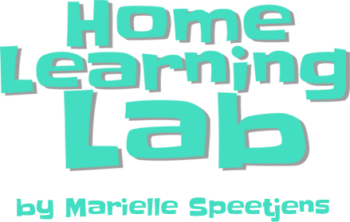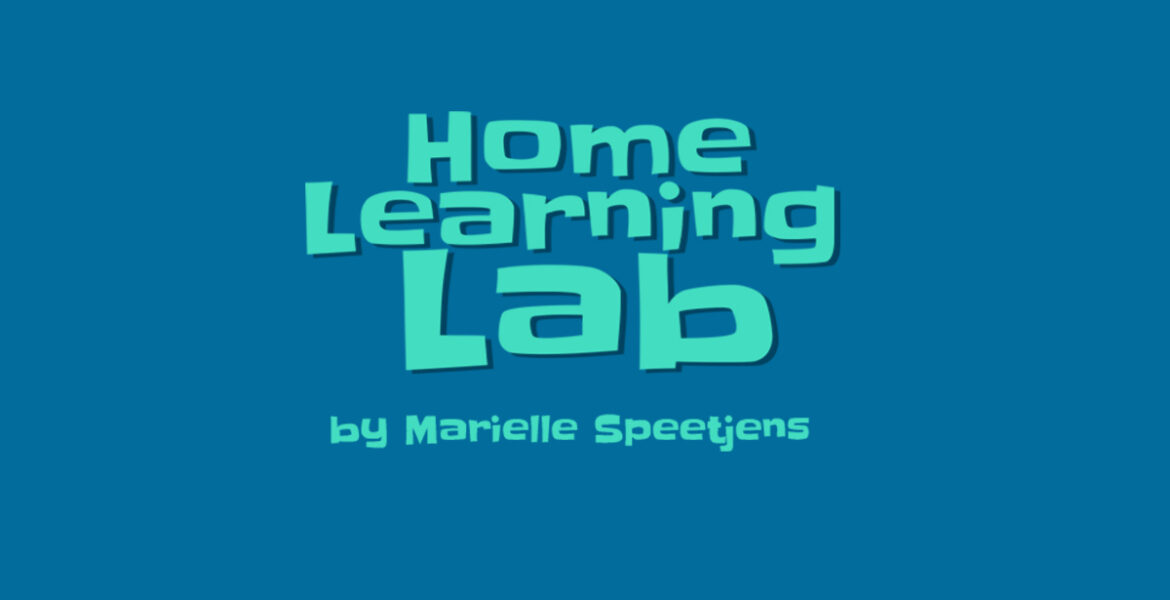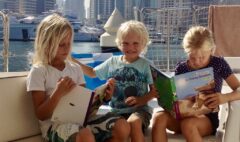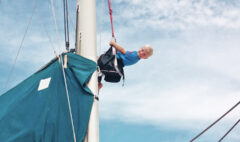Homeschooling Methods and Styles
“Curiosity about life in all of its aspects, I think, is still the secret of great creative people.”
Leo Burnett
One of the greatest benefits of homeschooling is the flexibility to personalize your children´s education to their needs, interests, and the way you envision an ideal learning environment that fits your child and your family´s lifestyle. Teaching your children that learning can be fun will mold them into curious learners, which will benefit them for life.
There are many different homeschooling methods and styles (and they do not have to happen @home!). Here I list the most important ones. I like to believe that there are no right or wrong methods. Where you are in your homeschooling journey now might determine the method that works best for you. Your beliefs, view of the world and/or preferred lifestyle might also determine what approach works best for you and your family. Look and see for yourself which one(s) appeal to you the most.
Traditional Homeschooling (aka School-at-Home)
This is the default “to go to homeschooling style” of many new homeschooling families. It is essentially doing school at home, using similar methods to those used in public or private schools. It´s the way most parents grew up and were taught in the school system and the approach is aligned with that of the classroom education model they are familiar with.
See also:
https://www.publicschoolreview.com/blog/what-are-the-benefits-of-public-school-over-homeschooling
Classical Homeschooling
The Classical method has its roots stretching as far back as Ancient Greece and Rome. It often incorporates Greek and Latin learning (though this is not required) and has a heavy focus on books and reading. It´s an approach based on a three-part process, called the trivium, aimed at training your child´s mind. The elementary grades focus on concrete facts, memorization and repetition, to form the building blocks for the next stage: analytical thinking. The third stage is rhetoric, using the knowledge and logic they´ve learned so fare and expressing themselves with original thought.
See also:
The Well-Trained Mind: A Guide to Classical Education at Home, Susan Wise Bauer & Jessie Wise (2016)
Unschooling
Based largely on the work of homeschooling pioneer John Holt, world schooling allows kids to follow their own interests freely instead of following someone else´s curriculum. It´s a free form learning method which is student centered, unconventional and individualistic. Unschooling does not mean that a child is free from learning. It reflects a choice to put educational decisions into the child´s hands instead of the parents deciding what a child should or shouldn´t learn. In this model, parents tend to be facilitators rather then teachers or lecturers.
See also:
How Children Learn, 50th anniversary edition, John Holt (2017)
Montessori Homeschooling
Maria Montessori´s findings about how young learners develop have been very influential on the educational landscape both in schools and homeschools. The method is a humanistic student-based approach utilizing free movement, large unstructured time blocks (up to 3 hours), multi grade classes, and interest based and individualized learning plans. This method helps children to learn problem-solving techniques, patience, self-discipline and compassion for others and the environment. Helping children to “find themselves” within the scope of reason is a primary goal, usually with excellent results.
See also:
How To Raise An Amazing Child the Montessori Way, Tim Selding (2017)
Charlotte Mason Homeschooling
This homeschooling method is steeped into the specific philosophies of Charlotte Mason, a British educator in the 19th century who believed that education should encompass a child´s atmosphere, disciplines, and life as a whole. This Christian method utilizes short periods of study, typically 15-20 minutes for elementary students and 45 minutes for high schoolers. These short periods are coupled with nature walks, nature journals, history portfolios and lots of practice in observation, memorization, and narration. Reading biographies, classics and “living books” (books that engages deeply and draws the reader into learning more about a subject) play a big role in this method.
See also:
Home Education – The Home Education Series, Volume 1, Charlotte M Mason (2017)
Waldorf Homeschooling
Rudolf Steiner is another educator who ascribed to a very specific educational technique. His central focus was on instilling in children an understanding and appreciation of their place in the global and natural world. This method is based on the thought that the role of imagination in learning is integral for the development of creative and analytical thinking, and that providing an environment where young people can develop free thinking can be a basis for developing their own personalities as responsible individuals.
See also:
The Waldorf Homeschool Handbook, Donna Ashton (2014)
Homeschooling with Unit Studies
The unit study approach centers your homeschooling approach around a specific topic or theme. This can involve integrating different academic subjects such as history, art, science and English language arts into a dedicated study of a theme such as weather, a favorite book, a biographical figure. For example, students might study Egypt in Geography, the book Exodus in English class, pyramids and triangles in Geometry, and sculptures and paintings in Art. Unit Studies are often used as an instrument within other educational methods via the Eclectic method. As such Unit studies are common within Charlotte Mason, Unschooling and Classical Schooling.
See also:
Project Based Homeschooling: Mentoring Self-Directed Learners, Lori Pickert (2012)
Eclectic Homeschooling
This is a mix and match homeschooling methods. Many homeschoolers become eclectic homeschoolers over time after they gained confidence and discover that blending multiple approaches works better for them and their individual children than ascribing to a single defined style. Eclectic homeschooling is the most popular and flexible method of homeschooling as it´s child-directed, resourceful, and non-curriculum based. It has no built-in loyalties to a particular method and treats curriculum options like a buffet instead of a set meal plan. One of the growing brands of Eclectic schooling is “hybrid” homeschooling, which combines part homeschooling and part traditional (public or private) schooling.
See also:
Think Outside the Classroom: A Practical Approach to Relaxed Homeschooling, Kelly Crawford (2014)
Boat Schooling
Homeschooling while living on a boat.
Road Schooling
Homeschooling on the road: while traveling the country or continent. Some families prefer to take their family, including education on the road. While doing that, they might opt for different homeschooling styles from an unschooling approach to a more traditional homeschooling method.
See also:
Roadschooling: The Ultimate Guide to Education Through Travel, Nancy Sathre-Vogel (2014)
World Schooling
World schooling is when the world schools you. This method of homeschooling can be transformed into a global adventure and some families travel the world while educating their children, adding a significant cultural boost to emerging learners.
For more information:
The World is Our Classroom: Extreme Parenting and the Rise of Worldschooling, Jennie Germann Molz (2021)
Game Schooling
Homeschooling by playing board games and card games in an intentional way, as part of a personal homeschool culture and educational philosophy. Rather than playing games occasionally for fun, game schooling families see them as essential to their daily homeschool schedule.
For more information:
https://themulberryjournal.com/writing-collective/family-life/ultimate-guide-gameschooling







